Mindfulness
There are lots of ways of talking about mindfulness but the ones I like have two things going for them:
They are simple to understand.
They have enough detail so that it’s useful in the real world.
I find that breaking mindfulness down into three parts makes this work.
For example, mindfulness as three skills:
Clarity - seeing thoughts and feelings clearly so they don't take you by surprise.
Calm - balancing your nervous system so you don’t collapse or explode.
Kindness - bringing kindness into the equation.
Now of course we’re all different so this may or may not make sense to you.
Or it may prompt more questions. Such as “What does it mean to see a thought clearly?” And “How do you bring kindness to something?”. Questions are good! It’s only by chewing things over that we can make sense of them.
Below are two more ways of thinking about mindfulness. If you have any questions about this do let me know.
One thing
Having said I like enough detail, sometimes keeping things as simple as possible is helpful. If I were to describe mindfulness as being about one thing, I’d say it was about growing your inner strengths. Strengths like calm, patience and compassion.
Why grow inner strengths?
Two reasons.
One, because they feel good.
And two, because inner strengths let you do stuff you care about. Like take care of your relationships. And do good work.
Three things
Another way to think about mindfulness is that it’s about three things; awareness, attention and attitude.
Awareness
Do you ever find that you end up doing the same things again and again even though they aren’t helpful? Whether it be thinking the same thoughts, saying the same things, or doing the same stuff. We all have familiar things that we end up doing even though they don’t do us much good.
Becoming aware of all this allows you to step out of well-worn habits to find new ways of doing things.
Of course, you can be aware of something and still be in the grip of it. And so, to be helpful, awareness needs to include some space so that you’re not caught up in what’s happening. In this way, mindful awareness helps you to make new and helpful choices.
Attention
One of the choices you can make at any moment is what you give your attention to.
Attention is interesting as you can shift it on purpose, and it gets moved around automatically. This is a good thing. You want to be able to guide your attention in particular ways, like focusing on a task. And you want it to go to things automatically, like loud bangs which need a quick reaction.
When you focus your attention on something, it takes up more space in your mind. Over time, this shapes how your mind (and your brain) works. What you return to repeatedly ends up getting reinforced. And so, it becomes easier and easier to go down that track in the future. In this way, attention strengthens aspects of your mind and yourself.
With mindfulness, you start to become aware of all this. And you learn to guide your attention in ways that serve you well. So, you can strengthen helpful things like calm and kindness. And you can stop strengthening unhelpful things like negative self-talk and knee-jerk reactions.
Attitude
If attention is about what you engage with, attitude is about how you engage.
It’s like when you hold the steering wheel of a car. Are you squeezing it so hard that your knuckles are white? Are you holding it so loose that you lose control of the car? Or are you holding the wheel just right so you can control the car but not tire yourself out?
This kind of thing happens all the time. With anything we face, we form a kind of relationship with it, pushing it away, pulling it in, ignoring it etc. The way we engage with things can be quite habitual, depending on what we have done before and what we like and don’t like. Most of the time we don’t notice this. But as with the steering wheel, the way you relate to what’s happening has consequences.
With mindfulness, you foster ways of relating that help you to feel more comfortable in your own skin. We call these “ways of relating” attitudes. They are things like patience, acceptance, and kindness. These help you not be so locked in or caught up with what’s happening. Instead, they allow you to be flexible and creative with whatever you are facing.
So there are a few examples of talking about mindfulness. There’s no one way to speak about this. The main thing is to find a way of understanding mindfulness that makes enough sense to you so you can have a go with it. That way you begin to get to grips with what’s involved so it makes a difference in your life. Which is really the whole point of this.
Want to find out more? Feel free to send me an email or schedule a free conversation about mindfulness coaching.

